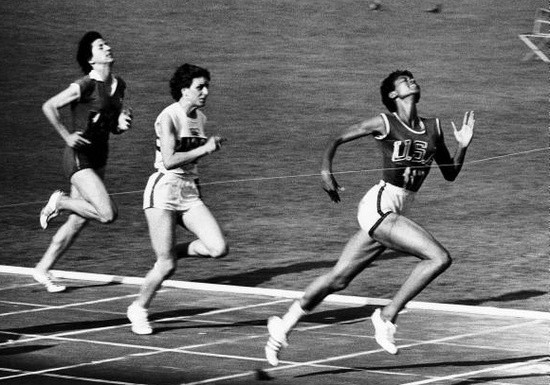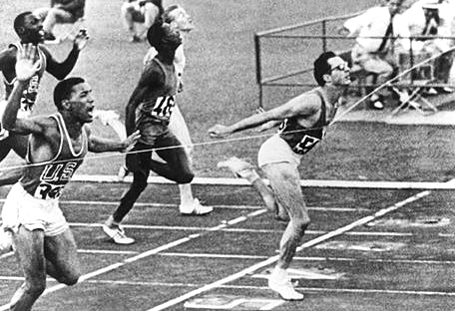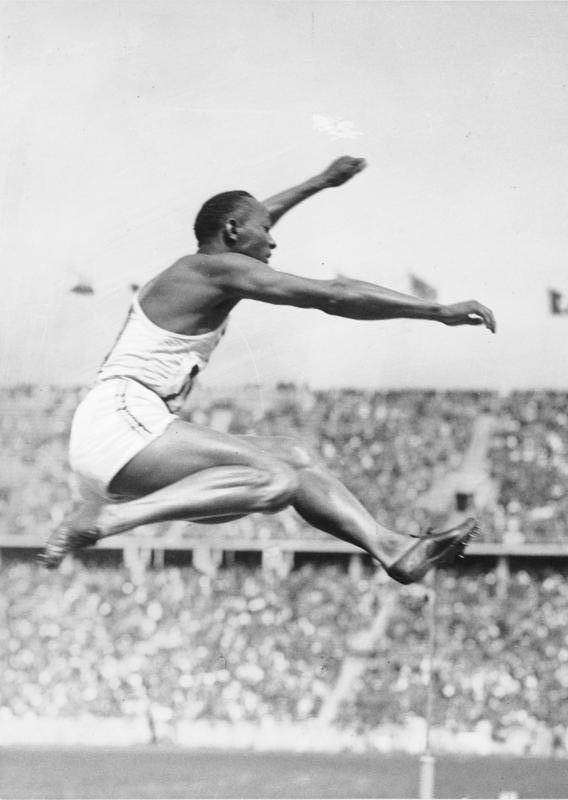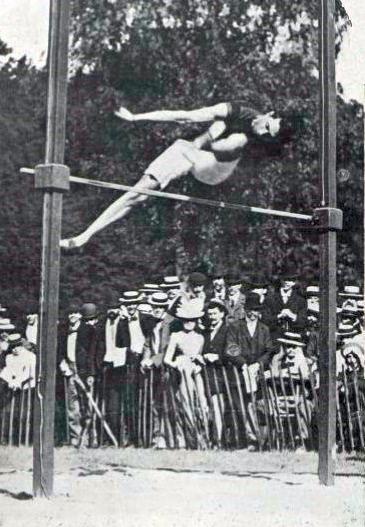Copyright © University of Cambridge. All rights reserved.
'Olympic Starters' printed from https://nrich.maths.org/
Show menu
Why do this activity?
This activity looks at some historical Olympic results and asks children to think about whether they could do something similar. It introduces ideas about measuring time and distances in standard units.
Possible approach
Talk to the class about the Olympic Games and their history both in modern and ancient times. Talk about the ideas of winning and competition, and discuss the concept of a world record. When is a world record set with a higher number and when is it set with a lower number? If the children don't bring this up themselves, draw their attention to the face that the winner is generally either the athlete with the longest distance (in some sense) or a shortest time.
Encourage learners to consider ways of measuring their distances and times, and provide an opportunity for children to try the activities suggested and record the information about what they did. You may want to ask the learners to make predictions before they try the activities - how far do they think they could run in 11 seconds?
At the end of the activity, discuss how the pupils' distances and times compare to the ones in the activity. Children are often most confident with saying how many seconds longer or metres shorter their time is, but you might also want to encourage them to consider their results as a ratio - can they jump a quarter of the distance of the athlete's jump? Did they take three times as long to run the 100 metres? This will enable them to see e.g. how many times faster the Olympic athletes can run compared to people who aren't Olympic athletes.
Key questions
How far do you think that is? What might you use to measure it?
How much time is that? What might you use to measure it?
Can you jump that far/run that fast? Why/why not?
How does your distance/time compare to the athlete's? How many times faster are they compared to you? Why might that be?
Possible extension
Children could move on to timing each other as they do different tasks and create their own sports competitions deciding on rules for winning. They might also be interested to look at how the world records have changed over time, and think of reasons why world records are being continuously broken.
Possible support
Some children will need a lot of help to measure lengths and times accurately. Using them in a real context can help them to understand the meanings of the numbers on the tapes and on the clock.
The task Can You Do it Too? offers a similar opportunity, but in the context of measuring distance using non-standard units.



